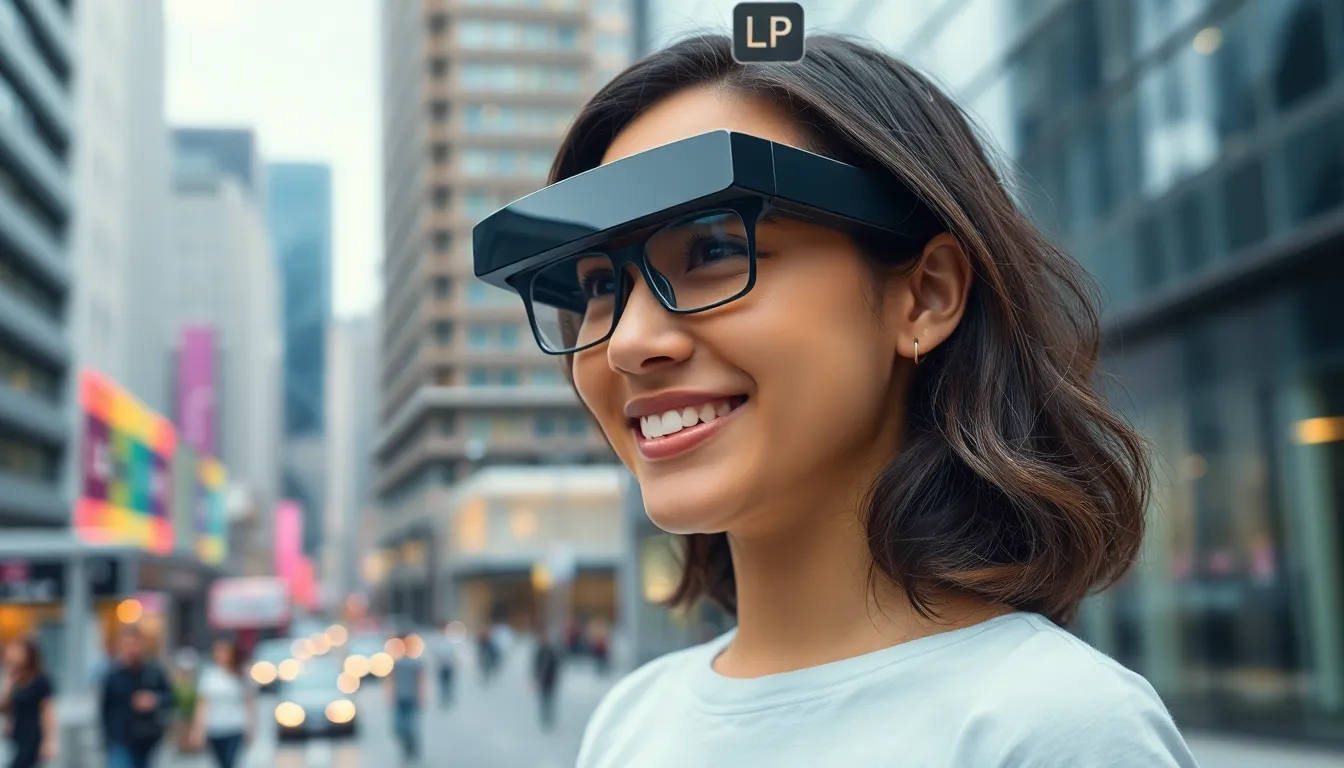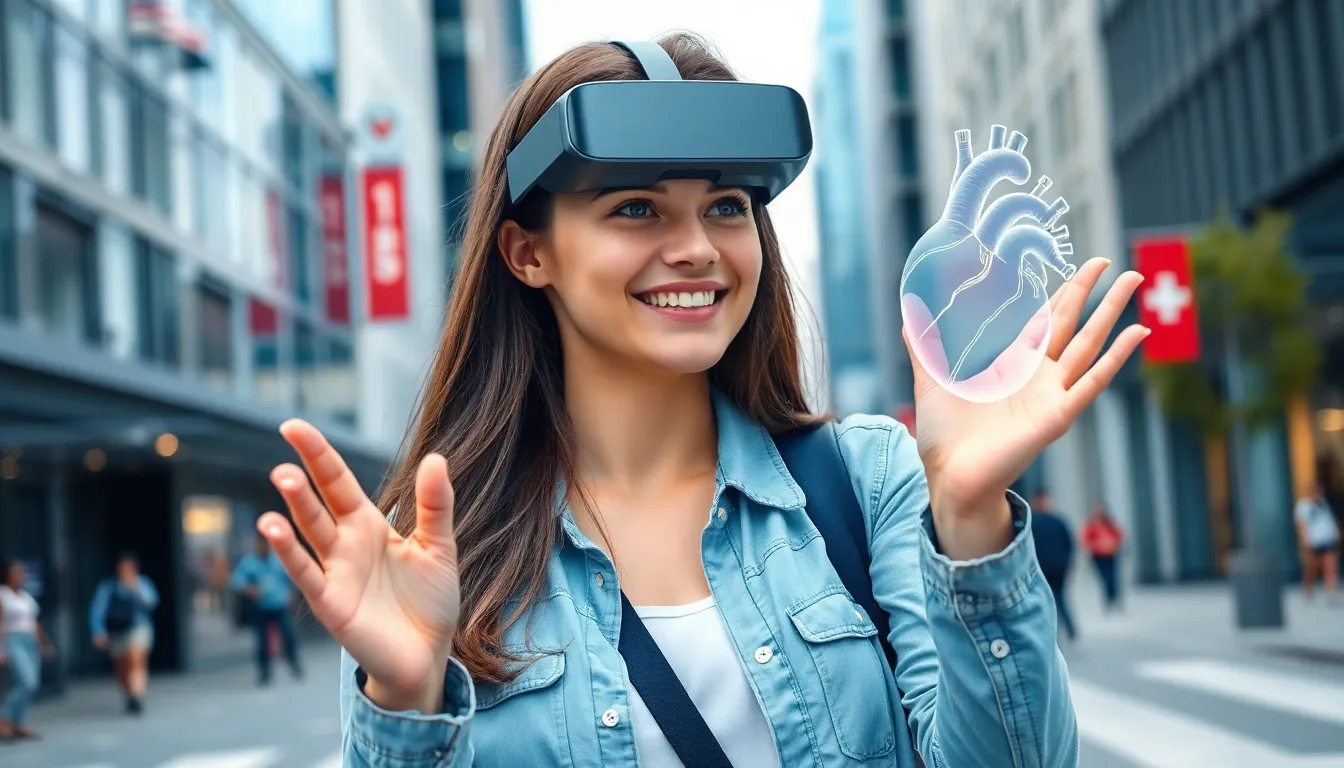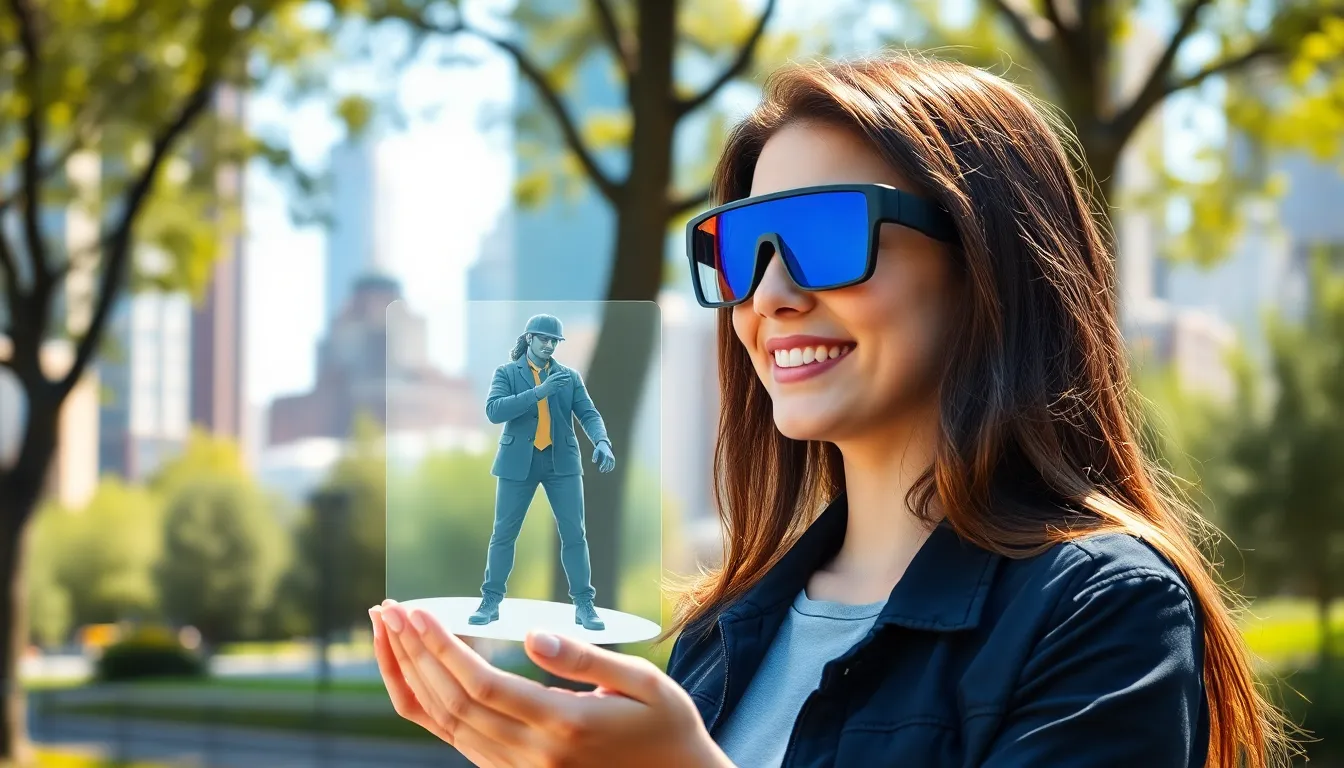In a world where augmented reality is the new black, understanding AR campaign metrics is like having a secret decoder ring for marketing success. Companies are diving headfirst into this immersive tech, but without the right metrics, they might as well be throwing spaghetti at the wall to see what sticks. Spoiler alert: it’s messy and rarely delicious.
Tracking the effectiveness of AR campaigns isn’t just a nice-to-have; it’s essential for crafting experiences that resonate. With the right metrics, marketers can turn their AR efforts from “meh” to “wow!” They can gauge engagement, measure ROI, and even figure out if their virtual unicorn is actually capturing attention or just wandering aimlessly in the digital ether. So buckle up, because understanding AR campaign metrics could be the game-changer that transforms ordinary campaigns into extraordinary experiences.
Table of Contents
ToggleUnderstanding AR Campaign Metrics
AR campaign metrics refer to the key performance indicators that gauge the effectiveness of augmented reality marketing efforts. These metrics provide insights into user engagement and overall campaign performance.
Definition of AR Campaign Metrics
AR campaign metrics include various indicators such as engagement rates, conversion rates, and user interactions. Engagement rates measure how frequently users interact with the AR content, while conversion rates track the number of users completing a desired action, like making a purchase. User interactions highlight how often individuals initiate actions within the AR experience. Collectively, these metrics give a comprehensive view of the campaign’s impact.
Importance of Measuring Metrics
Measuring AR campaign metrics plays a crucial role in maximizing marketing effectiveness. Understanding engagement rates helps marketers refine their content, ensuring it resonates with audiences. Conversion rates indicate how well the campaign drives sales, allowing teams to allocate resources more efficiently. Tracking metrics enables continuous improvement, leading to enhanced user experiences and increased ROI. Data-driven decisions elevate AR initiatives, transforming them from basic experiments to powerful marketing tools.
Key Metrics to Track

Tracking key metrics is essential for evaluating the effectiveness of AR campaigns. Understanding these metrics allows marketers to make data-driven decisions that enhance user experience and drive success.
Engagement Rates
Engagement rates reflect how often users interact with AR content. This metric indicates the frequency of user interactions, such as clicks, plays, or views. A higher engagement rate signifies that the content resonates with the audience. For example, an AR campaign with a 75% engagement rate suggests strong user interest and involvement. By analyzing engagement, marketers identify which elements capture attention and which require adjustments.
Conversion Rates
Conversion rates measure the percentage of users completing desired actions within the AR experience. These actions can include making a purchase, signing up for a newsletter, or downloading an app. A successful conversion rate is often above 5%, though this can vary by industry. By tracking this metric, marketers can evaluate the effectiveness of their calls to action. Knowing the conversion rates helps in understanding how well the campaign drives tangible results.
User Retention Rates
User retention rates gauge how many users return to the AR experience over time. High retention rates indicate continued interest and satisfaction with the content. A benchmark retention rate of 40% over a month suggests a successful AR experience that keeps users engaged. Marketers can track how often users return and the time spent within the experience. This insight helps refine campaigns, focusing efforts on features that keep users coming back.
Tools for Measuring AR Campaign Metrics
Effective measurement of AR campaign metrics relies on a variety of tools that provide insight into user engagement and performance. Utilizing these tools enables marketers to optimize their strategies and enhance campaign outcomes.
Analytics Platforms
Popular analytics platforms like Google Analytics and Adobe Analytics offer robust features for monitoring AR campaign performance. Users can track metrics such as user sessions, bounce rates, and average time spent in AR experiences. Report generation becomes seamless, allowing marketers to analyze trends and obtain actionable insights. Integration with web and mobile campaigns simplifies the process of comparing AR effectiveness with other marketing channels. Custom dashboards can be tailored to focus on specific AR metrics, ensuring marketers access relevant data swiftly.
AR-Specific Measurement Tools
AR-specific measurement tools such as ARitize and Zappar provide targeted solutions for assessing AR campaign effectiveness. These tools focus on unique metrics, including the number of interactions per session and specific in-app actions taken by users. Features like heat maps help visualize user engagement hotspots within AR experiences. Additional tools offer feedback mechanisms, collecting user sentiments to complement quantitative data. Marketers can better understand audience behaviors, enabling them to create more engaging and immersive AR content.
Best Practices for Optimization
Optimizing AR campaign metrics involves strategic approaches that enhance performance. Key practices can significantly improve engagement and effectiveness.
Setting Clear Goals
Establishing clear goals lays the foundation for any successful AR campaign. Each objective should align with broader marketing targets, whether increasing brand awareness or boosting sales. Defining specific, measurable goals allows marketers to identify pertinent metrics to track. It’s essential to include time frames for achieving each goal. Setting benchmarks facilitates progress evaluation and helps teams adjust strategies accordingly. By ensuring clarity in goals, marketers can focus their efforts on the metrics that truly matter.
A/B Testing Strategies
Implementing A/B testing strategies offers valuable insights into AR campaigns. Testing different variations of AR experiences allows marketers to determine which elements resonate best with users. For example, a brand may test different call-to-action phrases to see which drives more conversions. By analyzing user interactions, teams can fine-tune designs and content to improve engagement. Continuous A/B testing fosters a culture of experimentation, enabling marketers to adapt quickly to user preferences. Prioritizing these strategies can lead to enhanced user satisfaction and higher ROI.
Harnessing AR campaign metrics is essential for marketers aiming to create impactful and engaging experiences. By focusing on key performance indicators like engagement rates and conversion rates, businesses can refine their strategies and enhance user interactions.
Utilizing the right analytics tools provides valuable insights into audience behavior, enabling data-driven decisions that optimize campaign performance. Embracing best practices such as setting clear goals and implementing A/B testing fosters continuous improvement.
As AR technology evolves, mastering these metrics will empower marketers to elevate their campaigns, ensuring they stand out in a competitive landscape.






